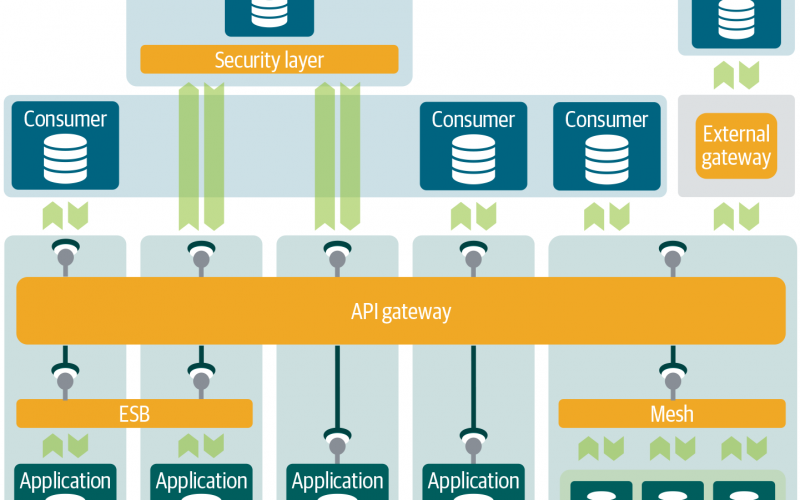System integration is the process of combining different software systems or components to work together seamlessly. It involves connecting various systems, enabling data exchange, and facilitating communication between them. Three key components used in system integration are APIs, web services, and middleware. Let’s explore each of them:
- APIs (Application Programming Interfaces):
An API is a set of rules and protocols that allows different software systems to communicate and interact with each other. APIs define the methods, data formats, and authentication mechanisms for accessing and manipulating data or services provided by a system.
APIs can be used for both internal and external integration. Internal APIs enable communication between different components or modules within a system, while external APIs facilitate integration with external systems, third-party services, or platforms.
APIs provide a standardized and controlled way for systems to exchange data and functionality, enabling seamless integration and interoperability.
- Web Services:
Web services are a specific type of API that use web-based protocols and standards, such as HTTP and XML or JSON for data exchange. They allow systems to communicate and share data over the internet or an intranet.
Web services typically follow a Service-Oriented Architecture (SOA) approach, where services are loosely coupled and can be independently accessed and combined to perform complex operations.
Web services can be categorized into two main types: SOAP (Simple Object Access Protocol) and REST (Representational State Transfer). SOAP-based web services use XML for communication, while RESTful web services use lightweight and stateless protocols, such as HTTP, and often communicate using JSON.
- Middleware:
Middleware refers to the software layer that sits between different systems or components, providing a bridge for integration. It acts as an intermediary, facilitating communication, data transformation, and coordination between different systems.
Middleware can handle tasks such as message queuing, data transformation, security, transaction management, and protocol translation. It abstracts the complexity of integrating different systems, allowing them to communicate seamlessly without having to understand each other’s implementation details.
Middleware solutions can be categorized into different types, such as Enterprise Service Bus (ESB), Message-Oriented Middleware (MOM), and Integration Platform as a Service (iPaaS). These middleware technologies provide a range of capabilities and tools for system integration.
By leveraging APIs, web services, and middleware, system analysts can design and implement effective integration solutions. These technologies enable systems to exchange data, share functionality, and work together harmoniously, ultimately providing a unified and cohesive experience for users and stakeholders.
